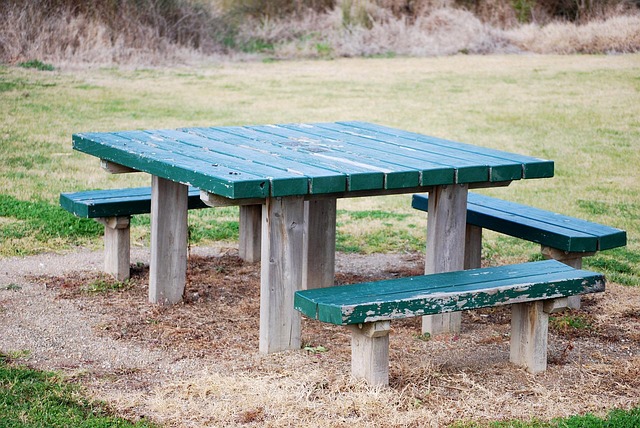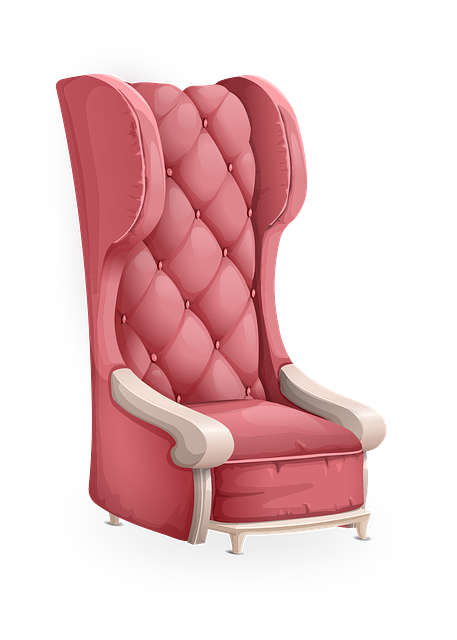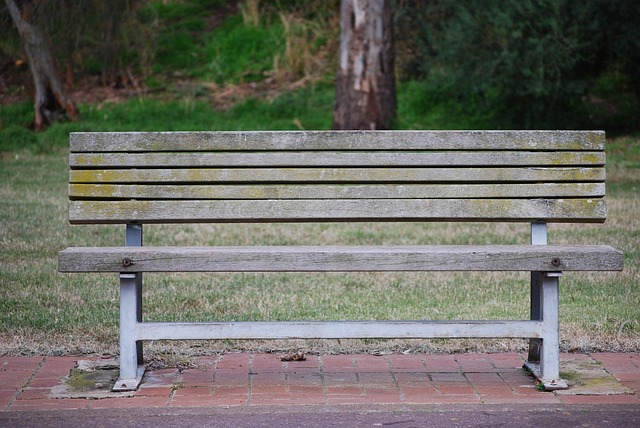Outdoor benches are crucial design elements in common spaces, offering rest spots, social interaction areas, and focal points. Strategically placed, they integrate indoor-outdoor benefits, enhancing ambiance and functionality. Durable materials like cast aluminum, stainless steel, and treated wood ensure structural integrity and visual appeal. Efficient seating layouts, combining fixed and movable outdoor benches, cater to diverse group sizes and preferences. Incorporating nature through plants further enhances aesthetics, air quality, and community well-being, transforming spaces into vibrant hubs.
In today’s interconnected communities, well-designed common spaces serve as vibrant hubs fostering social interaction and community bonding. This article explores efficient strategies for maximizing these shared areas’ functionality through a focus on outdoor benches and their impact. We’ll delve into selecting robust materials that balance durability and aesthetics, optimizing layouts for diverse seating needs, and integrating nature through plants and accessories to create inviting, harmonious spaces enhanced by outdoor benches.
- Understanding Common Space Design: The Role of Outdoor Benches
- Selecting the Right Material for Durability and Aesthetics
- Maximizing Functionality: Layout and Seating Arrangements
- Incorporating Nature: Greening Your Common Spaces with Plants and Accessories
Understanding Common Space Design: The Role of Outdoor Benches

Common spaces, whether in residential complexes, offices, or public areas, play a vital role in fostering community and enhancing overall well-being. Efficient design for these spaces involves creating environments that are not only aesthetically pleasing but also functional and inviting. Outdoor benches serve as an essential design element in this context, providing multiple benefits that contribute to the overall success of common space design.
Benches offer rest and relaxation areas, encouraging residents or visitors to pause, socialize, and enjoy the surroundings. Strategically placed outdoor benches can create focal points within a common area, enhancing its ambiance and making it more comfortable for users. Furthermore, these seating arrangements enable easy navigation through the space, allowing people to move seamlessly while enjoying the benefits of both indoor and outdoor environments.
Selecting the Right Material for Durability and Aesthetics

When designing functional common spaces, such as parks or public squares, selecting durable and aesthetically pleasing materials for outdoor furniture like benches is paramount. For outdoor benches, choosing weather-resistant options that can withstand varying climates and heavy use is essential. Materials like cast aluminum, stainless steel, and treated wood are excellent choices due to their strength and longevity.
These materials not only ensure the structural integrity of the benches over time but also contribute to their visual appeal. Cast aluminum, for instance, offers a classic look while being lightweight and easy to maintain. Stainless steel adds a modern touch with its sleek finish that is resistant to rust and corrosion. Treated wood, though requiring more upkeep, provides a natural aesthetic that can enhance the overall ambiance of outdoor spaces, making it a popular choice for designers seeking to create inviting and functional common areas.
Maximizing Functionality: Layout and Seating Arrangements

In designing efficient common spaces, maximizing functionality through thoughtful layout and seating arrangements is paramount. The integration of outdoor benches, strategically placed, can create versatile areas that cater to various activities—from casual gatherings to collaborative work sessions. By considering the flow of movement and the natural extension of interior comfort into exterior spaces, designers can optimize every square meter.
Layout should encourage interaction while allowing for privacy when needed. Outdoor benches, designed with modularity in mind, offer flexibility to accommodate different group sizes and user preferences. They can be arranged to form focal points, define gathering areas, or even create a meandering path that enhances the overall ambiance of the common space. Seating arrangements that combine fixed and movable elements allow for dynamic reconfiguration, ensuring the space remains engaging and adaptable to changing needs over time.
Incorporating Nature: Greening Your Common Spaces with Plants and Accessories

Incorporating elements of nature into common spaces can dramatically enhance their functionality and aesthetics, creating a calming and inviting atmosphere. Adding plants and natural accessories like outdoor benches isn’t just about visual appeal; it also improves air quality, reduces stress levels, and fosters a sense of connection to the outdoors for residents or employees. Greenery can be introduced through potted plants strategically placed on tables or ledges, vertical gardens that adorn walls, or even dedicated indoor gardens that serve as focal points.
Outdoor benches, for instance, can double as seating areas within these green spaces, encouraging social interactions and relaxation. When selecting plant varieties, consider those that thrive in indoor environments but also offer seasonal interest to keep the space dynamic throughout the year. This blend of natural beauty and comfortable gathering spots ensures common areas become vibrant hubs where people naturally converge and interact, elevating the overall well-being of the community or workplace.
Efficient design of common spaces, incorporating strategic placement of outdoor benches, durable materials, thoughtful layout, and a touch of nature, transforms these areas into vibrant hubs of functionality and aesthetic appeal. By prioritizing both form and purpose, we can create spaces that truly serve the needs of those who gather within them. Whether enhancing existing areas or planning new constructions, these principles offer a roadmap to crafting exceptional common spaces that resonate with folks for years to come, enriching their experiences through thoughtful design.
